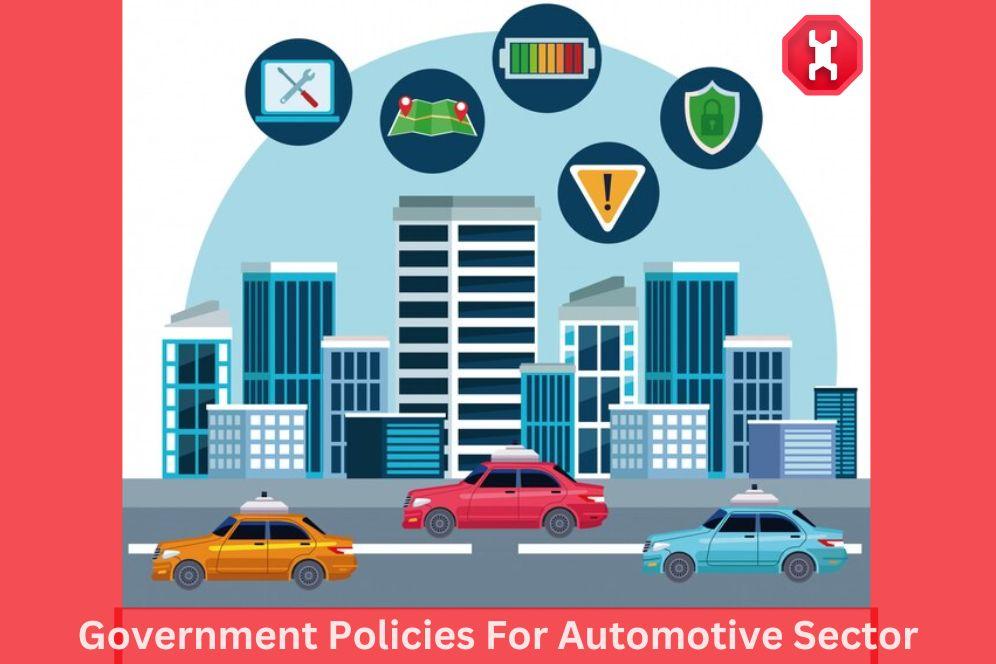India's automotive sector has witnessed significant growth over the past few decades, emerging as one of the largest automobile markets globally. Government policies have played a crucial role in shaping the trajectory of this industry. From promoting domestic manufacturing to incentivizing electric vehicle adoption, these policies have had a profound impact on the sector's growth and development.
Key Government Policies and Their Impact
1. Production Linked Incentive (PLI) Scheme:
- Aim: To boost domestic manufacturing of advanced automotive technologies and components.
- Impact: This scheme has attracted significant investments from global automotive players, creating jobs and fostering technological advancements.
2. FAME India Scheme:
- Aim: To promote electric and hybrid vehicles by providing subsidies to buyers and manufacturers.
- Impact: This scheme has accelerated the adoption of electric vehicles in India, reducing dependence on fossil fuels and improving air quality.
3. Pledge to phase out internal combustion engine (ICE) vehicles:
- Aim: To transition to a greener and more sustainable future.
- Impact: This ambitious goal has spurred innovation in electric vehicle technology and infrastructure development.
4. Relaxation of Foreign Direct Investment (FDI) norms:
- Aim: To attract foreign investment and technology transfer.
- Impact: This has led to increased foreign investment in the automotive sector, resulting in the establishment of manufacturing facilities and R&D centers.
5. Focus on safety standards:
- Aim: To improve vehicle safety standards.
- Impact: Stricter safety regulations have compelled manufacturers to prioritize safety features in their vehicles, benefiting consumers.
Challenges and Opportunities
While government policies have significantly boosted the Indian automotive sector, several challenges remain:
- Infrastructure: Developing robust charging infrastructure for electric vehicles is crucial.
- Supply Chain Disruptions: Global supply chain disruptions can impact the availability of components and raw materials.
- Consumer Affordability: High prices of electric vehicles can hinder mass adoption.
Despite these challenges, the Indian automotive sector presents significant opportunities for growth. With a large and growing middle class, increasing disposable incomes, and a focus on sustainable mobility, the future of the Indian automotive industry looks promising. By continuing to implement supportive policies and addressing challenges, India can solidify its position as a global automotive powerhouse.
